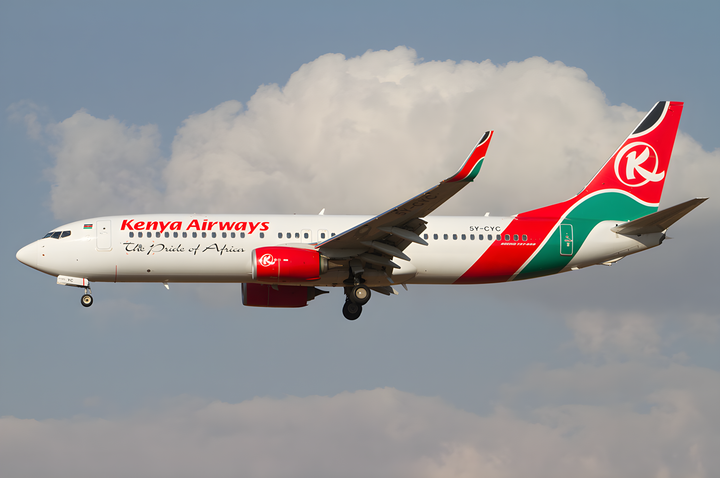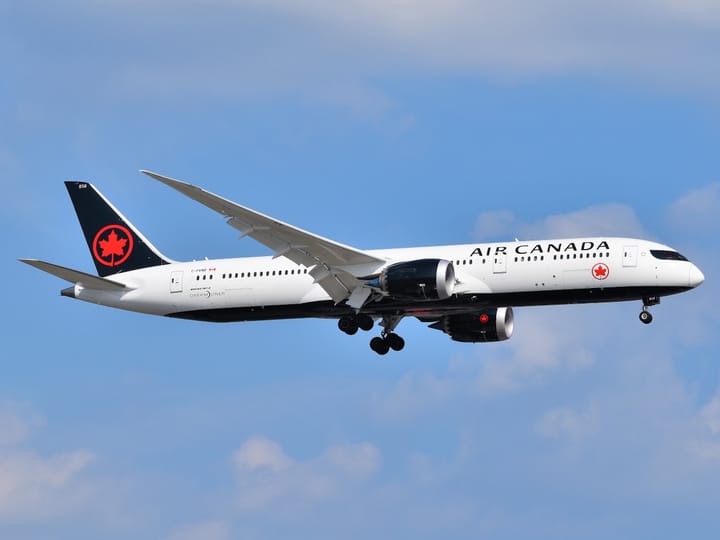FAA vs Boeing: A $3 Million Wake-Up Call
The FAA has proposed a $3.1M fine against Boeing after a 737 MAX 9 door plug blew off mid-flight. The penalty may be small, but it signals regulators are losing patience with Boeing’s safety lapses.

“Ladies and gentlemen, this is your captain speaking… except this time, the FAA has taken over the microphone.”
When regulators are the ones making announcements, you know something’s gone wrong. And for Boeing, things have been going wrong a lot lately.
The Federal Aviation Administration (FAA) just hit Boeing with a proposed $3,139,319 fine. The charge? A long list of safety violations that, quite literally, blew up into public view when a door plug panel flew off an Alaskan Airlines 737 MAX 9 mid-flight (no pun intended).
Now, $3.1 million might sound like a lot to you and me. But to Boeing, a company with annual revenues north of $66 billion, it’s basically loose change. The point isn’t the dollar amount. It’s the symbolism: regulators are tired of Boeing’s excuses, and this fine is another warning shot that the company must clean up its act.
So how did we get here, and what does it mean for the skies we all travel through? Buckle up.

THE ALASKA AIRLINES INCIDENT
Let’s rewind to January 5, 2024. Alaska Airlines Flight 1282, a Boeing 737 MAX 9, takes off from Portland, Oregon. Imagine you are a passenger on this flight. Flight attendants welcome you aboard, you settle in your seat, and take a nap as the plane is flying. Suddenly, you are jolted awake by a loud noise!
At around 16,000 feet, a panel, known as a “door plug”, blasts off the fuselage. The cabin depressurizes, oxygen masks drop, and passengers brace for the worst. Miraculously, no one is seriously injured, though several cell phones end up scattered across the cabin.
The incident shocked the aviation world. And while passengers got their emergency landing, Boeing got something else: a full-on federal investigation.
The FAA’s findings weren’t just bad, they were embarrassing. According to the agency, between September 2023 and February 2024, Boeing and its subcontractor Spirit AeroSystems racked up “hundreds of quality system violations.”
Some of the highlights:
Missing bolts: The very fasteners meant to keep panels in place were never reinstalled during repairs.
Faulty documentation: Critical repair and inspection steps weren’t properly recorded.
Unsafe certifications: Boeing allegedly presented two aircraft as airworthy when they failed to meet safety standards.
Pressure tactics: In one case, a Boeing employee who didn’t have FAA sign-off authority leaned on a designated inspector to approve a plane anyway; all to keep deliveries on schedule.
That last one is particularly concerning. For years, critics have accused Boeing of prioritizing profits over safety. This time, the FAA has receipts.

Drumrolls, please: Enter the NTSB. If the FAA’s role is to enforce rules, the National Transportation Safety Board (NTSB) is the detective who pieces together how the mess happened. Its final investigation into the Alaska Airlines blowout concluded that the disaster boiled down to a staggeringly simple error:
Four bolts were removed during a repair… and never reinstalled.
Yep, that’s it. Four bolts.
'BOEING'S WORKING ON IT'
Boeing’s response has been classic damage control: admit nothing, promise everything. The company issued statements about “strengthening safety culture,” “first-time quality,” and “accountability.” It promised new training programs, internal audits, and safety metrics under FAA supervision.
But critics aren’t entirely convinced. After all, this isn’t Boeing’s first rodeo. The 737 MAX line has been tainted by scandals ever since the fatal crashes of 2018 and 2019. Each time, Boeing promises to change, regulators discover new problems.
To its credit, Boeing is also moving to reacquire Spirit AeroSystems, the supplier implicated in the fuselage flaws. The logic? If you can’t trust your subcontractor, bring them back in-house. Whether that actually fixes the problem or just complexes it remains to be seen.

THE BOTTOM LINE
Boeing now has 30 days to respond to the FAA’s penalty notice. It could contest the charges, settle, or accept them. Either way, the fine won’t break its bank account, but the fallout is more reputational than financial.
Running a jet manufacturer without safety is like running a rollercoaster without seatbelts. Boeing’s $3.1 million fine may be small, but it’s a headline that screams: safety shortcuts won’t fly.
This fine is not an ending; it’s another chapter in Boeing’s long struggle to prove it still deserves its place at the center of global aviation. The road back isn’t paved with press releases or polished apologies. It’s built on the daily grind of flawless workmanship, rigorous oversight, and a corporate culture that values human lives over quarterly numbers.
If Boeing can back its promises with genuine reform, maybe, just maybe, it can rebuild the trust it has lost. But if not? Don’t be surprised if the next in-flight announcement sounds less like “welcome aboard” and more like:
“We regret to inform you… our door is now somewhere in Kansas City”





Comments ()